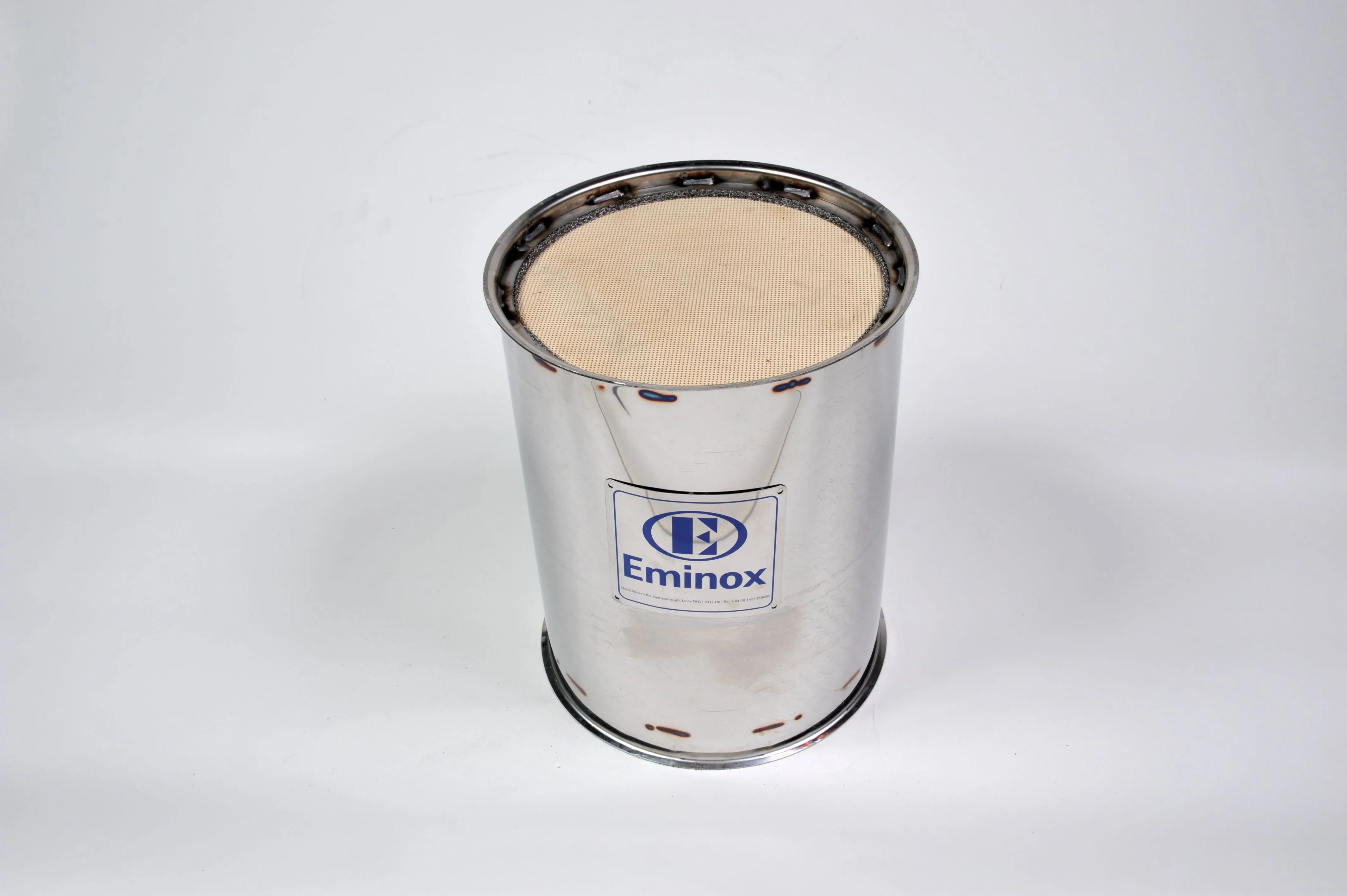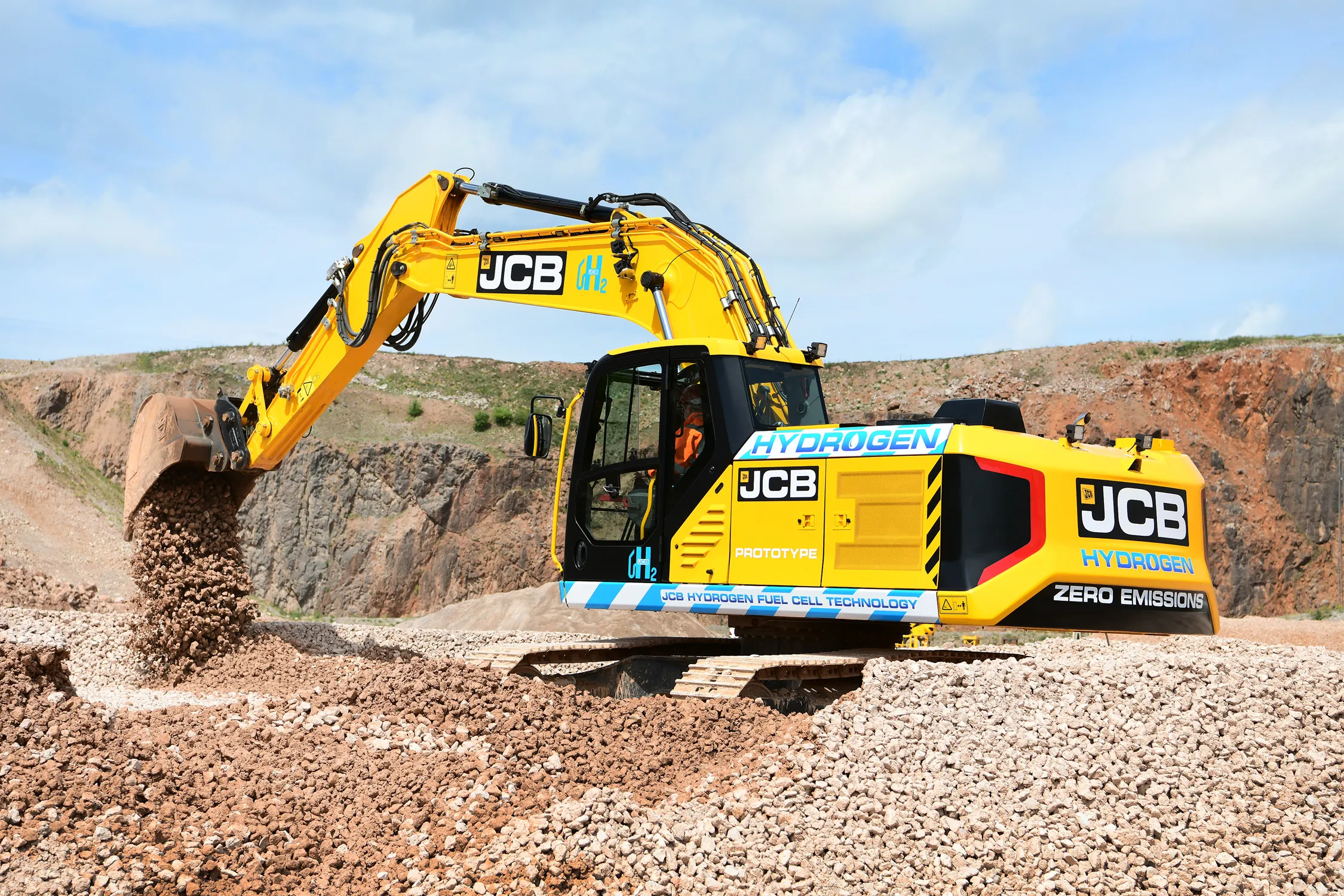
This four-year project is funded by an EPSRC grant and supported by the industrial partner Eminox. The project is led by Bill Nimmo, Professor of Energy Engineering and Sustainability, with PhD student Madhumitha Rajendran.
The first stage involves modeling dual fuel combustion and emission characteristics of ammonia with a carbon-based promoter. Ammonia requires a combustion promoter because of its higher absolute minimum ignition energy than conventional fuels. The second stage of the work will evaluate the NOx reduction efficiencies of commercial catalysts for the ammonia-based dual fuel, using Signal Group gas analysers donated to the project by Eminox.
Ammonia is considered a clean fuel because its (complete) combustion products are nitrogen and water. However, NOx gases are a byproduct of ammonia combustion. Nevertheless, ammonia represents a good energy source and global infrastructure for industrial production and transportation already exists because ammonia is used in the production of fertiliser.
There are several types of ammonia, each attributed a colour according to its production method. Traditional ammonia is known as ‘grey’ because it uses natural gas, but if carbon capture is used to remove carbon dioxide emissions, the ammonia is labelled ‘blue’. ‘Green’ ammonia is made using green hydrogen, produced by electrolysis from renewable energy.
In contrast with hydrogen, ammonia does not require cryogenic conditions for transportation as a liquid. Ammonia can also be produced from hydrogen, and ammonia can be ‘cracked’ back to hydrogen after transportation, resolving the transport issues associated with hydrogen.
Ammonia presents challenges as a fuel for engine combustion. In addition to the requirement for a promoter fuel, these include NOx in the exhaust as well as ammonia slip, which is important because ammonia is both corrosive and toxic, and because unburned fuel represents inefficiency.
Initial work is being undertaken with ‘Ansys Chemkin-Pro’ a chemical kinetics simulator program that models idealised reacting flows and provides insight into results. Rajendran has been using the modelling program to investigate predicted effects on engine efficiency and emissions profile, by adjusting a number of different variables, such as stoichiometry, fuel energy shares, and fuel injection parameters.
The second phase of the research, due to commence at the end of 2024, will evaluate the NOx reduction efficiencies of existing selective catalytic reduction (SCR) materials under different conditions. Three different SCR catalysts will be trialled, based on zeolite, vanadium oxide and titanium.
The research laboratory in Sheffield contains a controlled temperature furnace reactor using simulated exhaust gases. Catalyst studies will be performed at Sheffield while Brunel University in London will be conducting similar work with a diesel engine test bed. This will primarily be to investigate combustion and fuel injection issues relating to ammonia fuel, but also to verify exhaust gas composition under a range of conditions. Combined with the kinetic simulation work at Sheffield, realistic exhaust gas composition will be fed to the experimental reactor.
The post catalyst exhaust gases will be analysed by the Signal Group analyser rack, after treatment by the catalysts. This instrumentation includes a heated vacuum chemiluminescence gas analyser for the measurement of NOx, NO and NO2. A flame ionisation detector to analyse hydrocarbon levels, and a non-dispersive infrared multi-gas analyser for continuous measurements of carbon monoxide and carbon dioxide.
So far, modelling work has indicated that the use of an ammonia dual fuel could increase N2O emissions under certain operating conditions, particularly in cold starts. Exhaust gas temperature will reduce, while moisture and hydrogen levels can be expected to increase, and the effects of this on SCR catalyst deNOx efficiency will be studied further.
The model also showed that the utilisation of ammonia dual fuel has a number of implications for prospective SCR catalysts. For example, ammonia in the exhaust can help reduce NOx, and both hydrogen and hydrocarbons in the exhaust can enhance NOx conversion at moderate temperatures. However, N2O will be difficult to decompose at low temperatures. By identifying regimes of operation and emissions, recommendations can be made on catalyst specification to mitigate operational issues.
The development of clean fuel technology will be critically important to the decarbonisation of heavy vehicles. For example, the International Maritime Organisation (IMO) has a GHG emissions reduction strategy to reach net-zero by 2050, including a 20% reduction by 2030 and a 70% reduction by 2040, compared to 2008 levels. To reach these ambitions, the IMO will implement regulatory measures to be adopted in 2025 and enter into force around mid-2027. The achievement of these decarbonisation goals will depend heavily on the use of carbon-neutral fuels. This means that new engine technology will be necessary, operating efficiently under known stoichiometric conditions, combined with effective aftertreatment systems to ensure the release of non-toxic, climate-friendly emissions.
Rajendran explained, "The challenge for the project is to consider the minimisation of all potentially harmful emissions from new fuels, and we will be keeping a close eye on any N2O, NOx and ammonia when developing the new SCR systems. However, the successful achievement of our goals will play an important role in helping the heavy vehicle sector to reduce its GHG emissions, so we are hugely excited about the prospects for this important project.”









